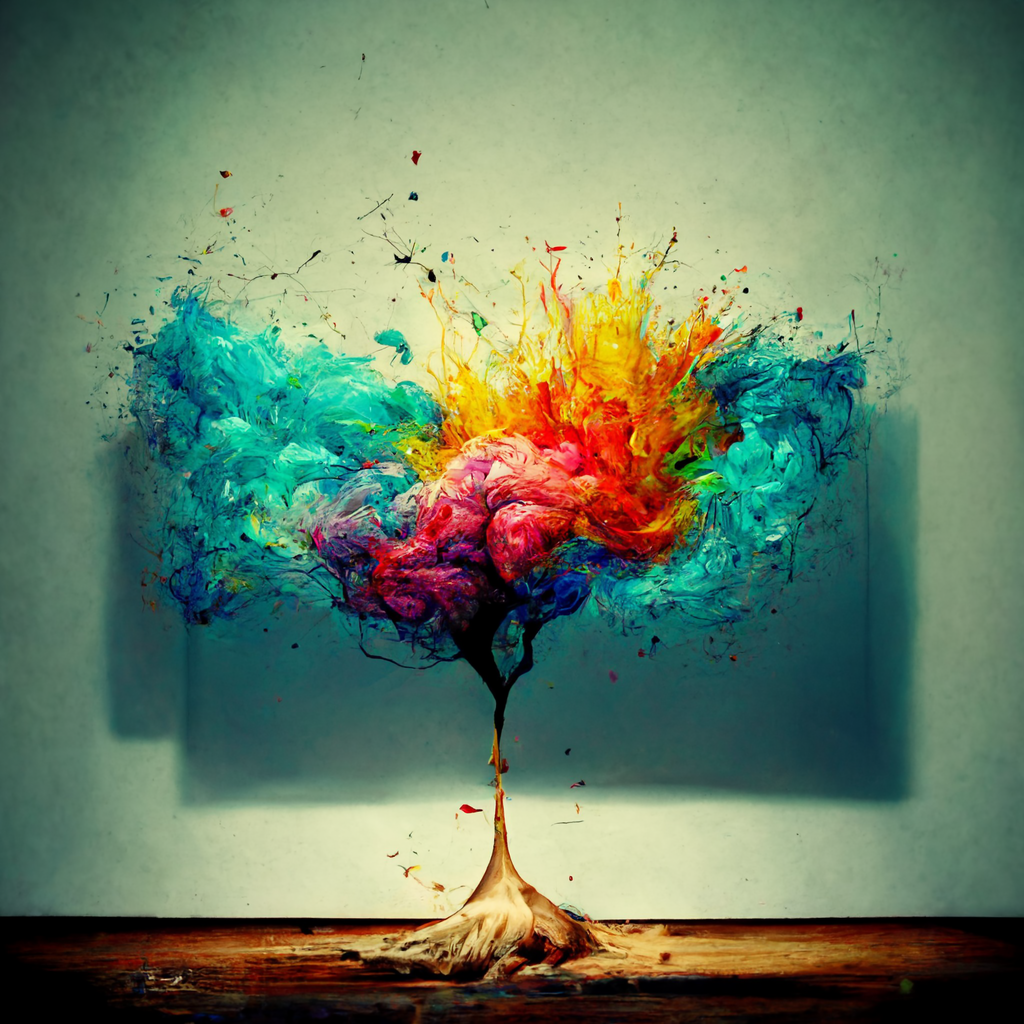Image Source: Google
In recent years, artificial intelligence has made significant advancements in various fields, including art. AI-generated art, once seen as a mere novelty, is now gaining recognition and appreciation in the art world. From creating digital paintings to composing music, AI algorithms are pushing the boundaries of creativity and challenging traditional notions of what constitutes art. This article explores the evolution of AI-generated art, its impact on the art industry, and the implications for artists and art enthusiasts alike.
The Evolution of AI-Generated Art
AI-generated art has come a long way since its inception, evolving from simple pixelated images to complex and intricate masterpieces. Here are some key milestones in the evolution of AI-generated art:
Pixelated Beginnings
- Early experiments in AI-generated art focused on creating pixelated images using rudimentary algorithms.
- These pixelated artworks lacked detail and sophistication but laid the foundation for future developments in AI art.
Generative Adversarial Networks (GANs)
- Advancements in GANs have revolutionized AI-generated art by enabling algorithms to create realistic and high-quality images.
- GANs consist of two neural networks – a generator and a discriminator – that work together to generate images that are indistinguishable from human-created artwork.
Style Transfer
- AI algorithms can now mimic the style of famous artists and apply it to new compositions, blurring the line between human and machine creativity.
- Artists and researchers are exploring the possibilities of style transfer to create unique and innovative artworks that blend different artistic styles.
The Impact on the Art Industry
The rise of AI-generated art is reshaping the art industry in various ways, from challenging traditional artistic practices to creating new opportunities for artists and enthusiasts. Here are some key impacts of AI-generated art on the art industry:
Challenging Traditional Notions of Art
- AI-generated art challenges the notion of art as a purely human endeavor, raising questions about authorship, creativity, and originality.
- Art critics and scholars are debating the value and significance of AI-generated art in relation to traditional art forms.
New Avenues for Creativity
- AI tools and platforms are providing artists with new tools and techniques to explore their creative potential and experiment with different artistic styles.
- Artists can collaborate with AI algorithms to co-create artworks, blurring the boundaries between human and machine creativity.
Accessibility and Inclusivity
- AI-generated art has the potential to make art more accessible and inclusive by democratizing the artistic process and opening up new opportunities for aspiring artists.
- AI tools can help artists overcome technical barriers and explore new artistic possibilities, regardless of their background or training.
The Implications for Artists and Art Enthusiasts
As AI-generated art continues to gain traction in the art world, artists and art enthusiasts are facing new opportunities and challenges. Here are some key implications of AI-generated art for artists and art enthusiasts:
Artistic Experimentation
- AI tools are enabling artists to experiment with new techniques and styles, pushing the boundaries of their creativity and exploring uncharted artistic territories.
- Artists can use AI algorithms as a tool for inspiration and innovation, creating artworks that would have been impossible to achieve using traditional methods.
Critical Reflection
- Art enthusiasts are encouraged to critically reflect on the value and meaning of AI-generated art, considering questions of authorship, authenticity, and artistic intent.
- Engaging with AI-generated art can spark meaningful discussions about the role of technology in shaping the future of art and creativity.
Ethical Considerations
- AI-generated art raises ethical questions about the use of AI algorithms in the creative process, including issues of ownership, consent, and accountability.
- Artists and art organizations are exploring ethical guidelines and best practices for the responsible use of AI in art production and curation.
Conclusion
The rise of AI-generated art represents a new chapter in the history of art, one that is characterized by innovation, experimentation, and collaboration between humans and machines. As AI algorithms continue to evolve and push the boundaries of creativity, the art world is at a crossroads, grappling with questions of authenticity, authorship, and artistic value. Whether AI-generated art will replace or complement traditional art forms remains to be seen, but one thing is certain – the future of art is being redefined by pixels and algorithms.
